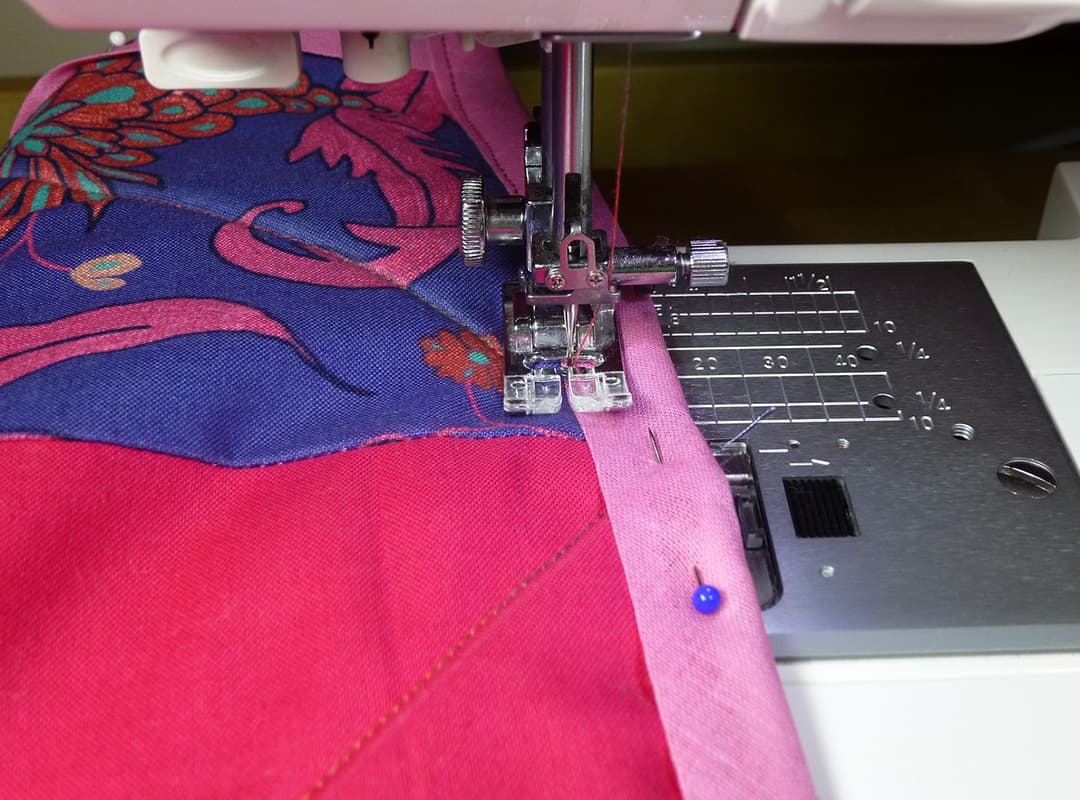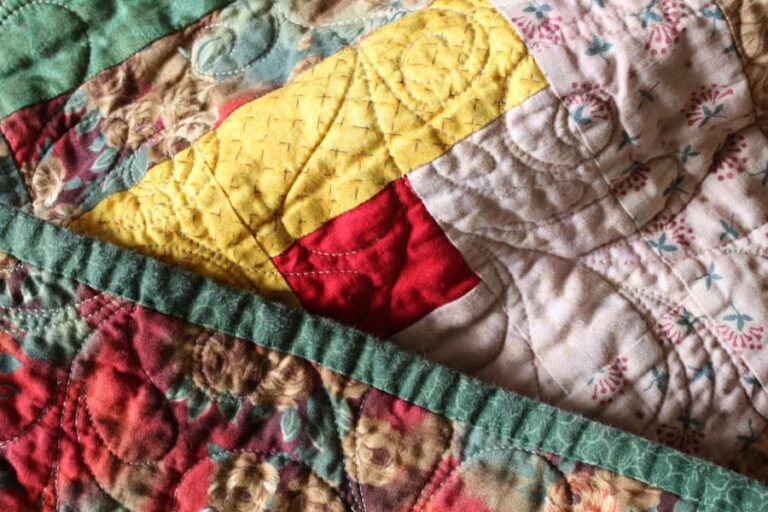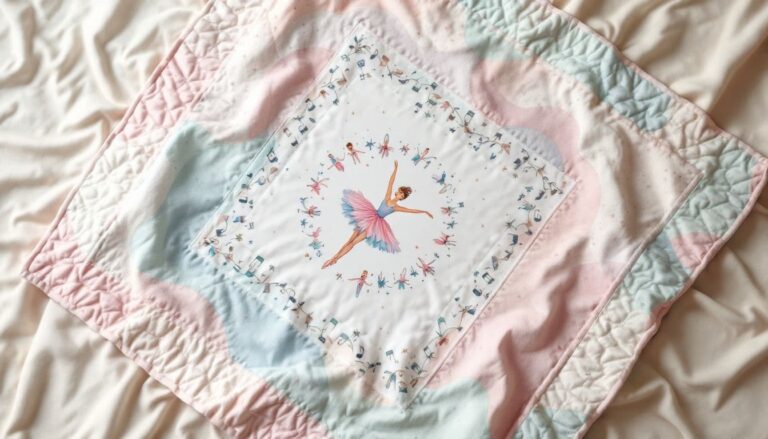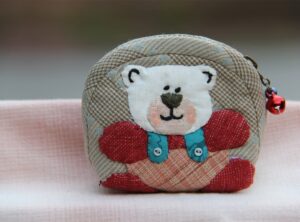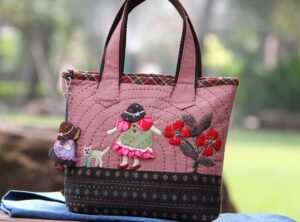In quilting, every scrap of fabric can be a potential treasure, and minimizing waste is a crucial aspect of sustainable quilting practices. Whether you’re a seasoned quilter or just starting out, adopting strategies to reduce waste not only benefits the environment but also makes your quilting projects more efficient and rewarding. This guide will provide practical tips on how to minimize waste while working on your patchwork projects, with a nod to creative patterns like the Dr Seuss Quilt Pattern to inspire your next eco-friendly project.
1. Plan Your Quilt Design
Effective planning can significantly reduce fabric waste. By carefully designing your quilt, you can make the most out of your fabric and minimize leftover scraps.
a. Create a Fabric Usage Plan
- Design Layout: Before cutting any fabric, sketch out your quilt design and layout. This helps you visualize how different pieces will fit together and allows you to plan fabric usage more efficiently.
- Calculate Fabric Needs: Use a quilt pattern calculator or app to estimate how much fabric you’ll need. This helps avoid purchasing excess fabric that could lead to waste.
b. Choose Efficient Patterns
- Modular Patterns: Select quilt patterns that use pre-cut fabric pieces or modular designs, which often result in less waste. Patterns like the Dr. Seuss Quilt Pattern can offer playful and efficient designs that make good use of fabric.
2. Use Leftover Scraps Creatively
Fabric scraps are a quilter’s goldmine, and using them creatively can help minimize waste.
a. Scrap Quilts
- Scrap Quilting: Embrace scrap quilting by creating quilts from leftover fabric pieces. This approach not only reduces waste but also adds a unique, eclectic charm to your projects.
- Pattern Ideas: Consider patterns that are specifically designed for scraps, such as the Dr. Seuss Quilt Pattern, which can incorporate various fabric pieces into a cohesive design.
b. Mini Projects
- Small Items: Use scraps for smaller projects like mug rugs, pillow covers, or tote bags. These mini projects can make good use of leftover fabric and reduce overall waste.
3. Efficient Cutting Techniques
How you cut your fabric can have a significant impact on the amount of waste produced.
a. Use a Rotary Cutter and Ruler
- Accuracy: A rotary cutter and quilting ruler help ensure precise cuts and reduce fabric wastage. Accurate cutting minimizes the number of unusable scraps left over.
- Tip: Align your fabric pieces carefully on the cutting mat to maximize usage and avoid extra scraps.
b. Reuse and Repurpose
- Pattern Pieces: Reuse pattern pieces or templates from previous projects. This not only saves paper but also ensures that you’re making the most out of your fabric cuts.
4. Recycling and Upcycling
Incorporate recycling and upcycling into your quilting process to further minimize waste.
a. Recycle Old Fabrics
- Old Garments: Repurpose old clothing or linens into your quilts. This approach gives new life to items that might otherwise be discarded.
- Fabric Donations: Donate unwanted fabric pieces to local charities or quilting groups. This helps others while reducing your own fabric waste.
b. Eco-Friendly Batting
- Recycled Batting: Choose batting made from recycled materials or organic fibers. These options are more sustainable and often made from repurposed materials.
5. Maintain a Clean Work Area
Keeping your quilting area organized can help manage waste more effectively.
a. Use Scrap Bins
- Scrap Storage: Designate bins for different types of fabric scraps (e.g., small pieces, larger remnants). This helps keep your workspace tidy and makes it easier to find and use scraps for future projects.
b. Regular Clean-Up
- Routine: Regularly clean up your workspace to prevent small scraps from accumulating. This not only helps manage waste but also keeps your sewing area more efficient and enjoyable to work in.
6. Embrace Digital Resources
Digital tools and resources can help streamline your quilting process and reduce physical waste.
a. Digital Patterns
- E-Patterns: Use digital patterns and templates instead of printed ones. This reduces paper waste and allows for easy adjustments and reprints as needed.
- Design Software: Utilize quilting design software or apps to plan your projects and visualize fabric usage without the need for physical prototypes.
Minimizing waste in your patchwork projects is not only beneficial for the environment but also enhances the efficiency and creativity of your quilting. By planning your designs carefully, using scraps creatively, employing efficient cutting techniques, and recycling materials, you can significantly reduce waste. Patterns like the In quilting, every scrap of fabric can be a potential treasure, and minimizing waste is a crucial aspect of sustainable quilting practices. offer a fun and practical way to use leftover fabrics and showcase your creativity.
With these strategies, you’ll be able to create beautiful, eco-friendly quilts that reflect both your personal style and commitment to sustainability.
